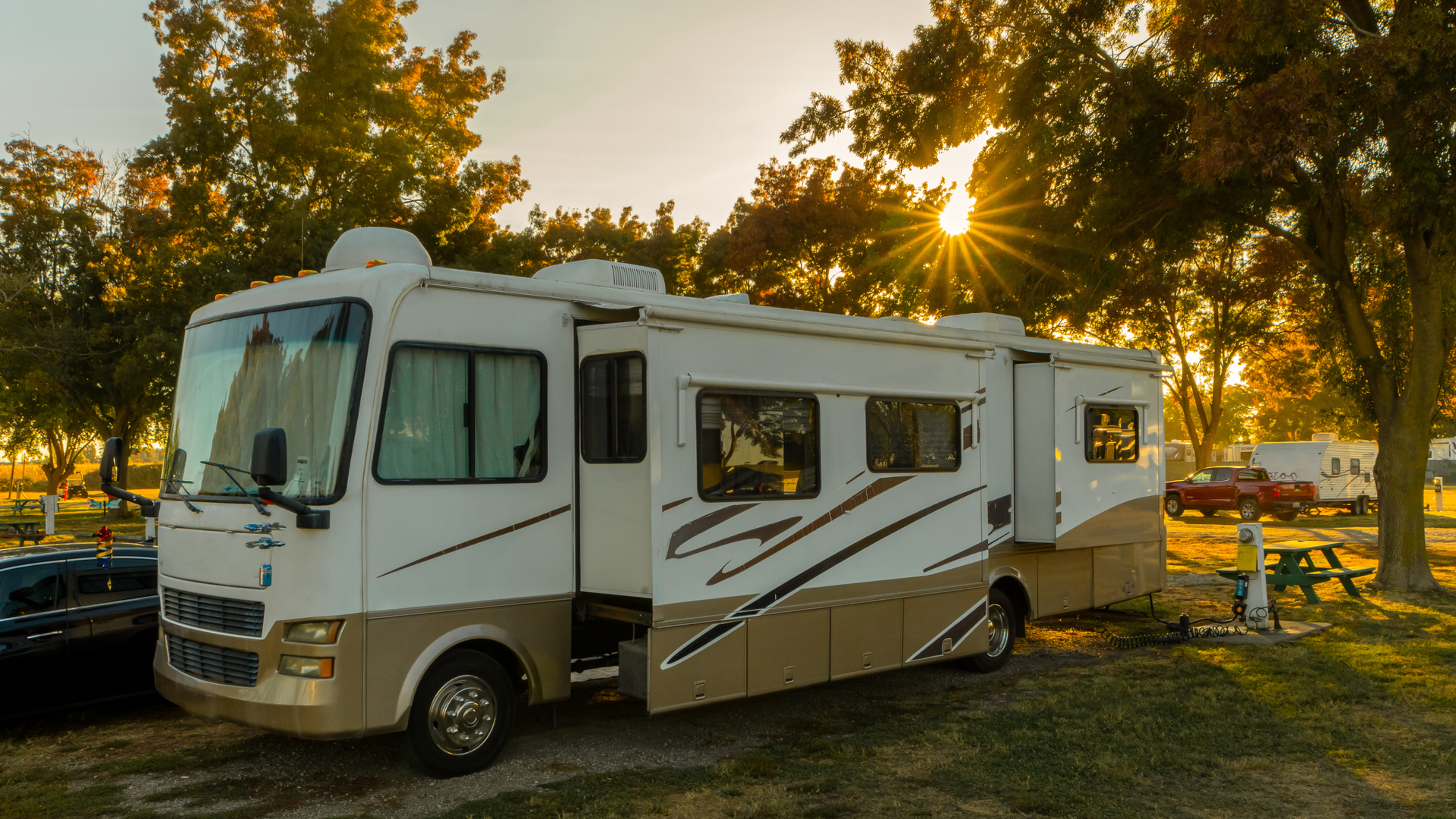Mid-Project Moves: How to Avoid Losing Days to Relocation
When a project runs long or shifts phases, the most expensive day can be the one your crew is not building. Mid-project moves are where time evaporates: packing up, checkout, keys, travel, setup, sleep disruption, and surprise policy changes that throw you into scramble mode. The fix is not luck or heroics. It is planning for change from the start and choosing housing that can flex with your schedule instead of forcing your schedule to flex around it. This guide focuses on flexible housing for construction projects as the lever that prevents lost days and protects your schedule.
Why mid-project moves happen more than you think
There is a reason schedule risk keeps creeping into otherwise solid plans. Industry headwinds are real, and they push timetables around. In late August 2025, the
Associated General Contractors of America reported that 92% of firms were struggling to fill open positions and 45% said labor shortages caused project delays.
In the same survey, 78% of firms had at least one project delayed in the prior 12 months. Those delays ripple into housing timelines and can force relocations that were never part of your original plan.
Platform policies also shift under your feet. If you are booking shorter segments instead of month-to-month, note that Airbnb’s standard cancellation policies for stays under 28 nights now include a 24‑hour, full‑refund window after booking for reservations made at least seven days before check‑in, effective October 1, 2025. That increases guest‑side flexibility and can change host behavior and availability patterns, especially for popular properties. Crews caught between policy changes and thin inventory often end up moving mid‑stream.
Even when policies do not change, cancellations happen. Host and guest communities regularly discuss mid‑stay and near‑stay cancellations that leave travelers scrambling. One widely shared post in April 2025 described a family’s Airbnb booking canceled less than a week before arrival. Public Facebook threads show similar stories, with travelers warning others about last‑minute cancellations. These are individual anecdotes, not statistics, but they capture the operational risk you inherit when your housing plan depends on consumer platforms without a dedicated crew‑housing backstop.
Finally, there is the human factor of travel and commuting. Commute creep is common when teams accept “close enough” housing during crunch time. Research continues to show that longer commutes sap energy and morale and can reduce on‑the‑job performance. In 2025, peer‑reviewed work noted that commutes limit time on task, drain energy, and undermine morale. Pair that with a mid‑project move and you compound the fatigue that already comes with a demanding build.
The hidden math of a move day
Project managers often budget for rent and cleaning but miss the real cost of the move itself. List the steps and you will see why a “quick” relocation commonly consumes a workday. Crews have to pack, clean up to meet departure terms, pick up keys, complete a walkthrough, set up Wi‑Fi, sort parking, run a grocery run, and locate tools or gear that got displaced. Travel time turns into dead time. Sleep gets cut short. Output drops the next day because humans are not machines.
You do not have to guess at the cost. Industry data points make it clear that small productivity hits add up.
Procore’s 2025 Future State of Construction report found that 18% of project time is currently lost searching for data and 28% is wasted due to rework. If that is the baseline in a “normal” week, a disruptive, poorly timed move can push you beyond those losses and into measurable schedule exposure. Use a measured‑mile analysis to capture this. Compare a control period when crews slept well and stayed close to the site against a period bracketed by a move. The difference in output is your move tax, and it is often larger than you expect.
Fatigue magnifies the hit. OSHA guidance notes that longer and irregular shifts increase accident and injury risk, with evening and night work seeing higher incident rates compared with day shifts. Even if your crews are on days, a late checkout followed by an early call or a long drive to new housing creates the same fatigue dynamic: less rest, more mistakes, and slower, less safe work. That is why building moving flexibility into your plan is not a perk. It is a risk‑control mechanism.
Design flexible housing for construction projects from day one
A flexible housing plan assumes the situation will change. It bakes in options so you are not forced into a rushed move on a critical path day. Start with term structure. Instead of rigid 30‑day blocks, negotiate rolling or step‑down options that allow you to shorten or extend by a week without punitive fees. Where that is not possible, split crews across two addresses in the same neighborhood with matching unit types. If the project slips, you can consolidate into the overlapping address without moving everyone at once.
Next, secure backup inventory before you need it. Identify two to three “shadow” units within a 15‑minute drive that can be activated with 48‑ to 72‑hour notice. Pre‑clear any HOA or parking restrictions and confirm key exchange procedures. If your primary booking is on a consumer platform, model worst‑case policy scenarios. Airbnb’s Major Disruptive Events Policy allows cancellations during large‑scale events, and even outside of those events, hosts sometimes cancel, as public posts make clear. Backups turn those risks from chaos into a same‑day pivot.
Finally, locate housing close to the jobsite so any unavoidable move still protects working hours. Longer commutes reduce alertness and morale and make schedule recovery harder. When you shorten the drive, you expand the usable day for field leadership and the crew. That is especially important during punch‑list sprints and inspection windows when a missed hour can slip a handoff by days.
Where Hard Hat Housing fits
If you do not want to build this program yourself, pick a partner that treats crew housing like a schedule‑critical scope item. At Hard Hat Housing, we specialize in predictable, near‑site, fully furnished rentals with kitchens, laundry, and private rooms, and we structure bookings with flexible options designed for projects that shift. Our standard model centers on all‑inclusive, home‑like units near the jobsite, with recurring cleaning and flexible booking terms that make extensions or early wrap‑ups straightforward. That removes the hidden friction that burns hours during a move week.
Flexibility is not a tagline for us. We design contracts that adapt to changing crew sizes and shifting end dates, and we run a support team that solves real mid‑project problems. One example from our team page highlights a storm‑related cancellation in Texas where we placed a crew in new units within 24 hours and kept them on schedule. That kind of response is only possible when you maintain relationships with property managers who understand construction timelines, and when you pre‑clear the logistics that derail most relocations.
A practical relocation‑risk blueprint you can copy
Start your housing risk plan at the same time you draft your baseline schedule. List the phases most likely to slip. For each, identify the crew count, trade mix, and whether the team can be split across two addresses without hurting coordination. Then add three guardrails: a soft extension clause, a soft early‑exit clause, and a no‑penalty long‑weekend move window. The window matters because moving on a Friday after a half day or on a Saturday with no scheduled work keeps your earned‑value plan healthier than a Tuesday move that knocks out production.
Match this with communications and documentation. The week you book, assign one point of contact for your housing provider and one for the field. Build a single page with the key codes, parking rules, Wi‑Fi, and maintenance contacts. Procore’s own guidance on measured‑mile thinking is helpful here: if you cannot measure the schedule effect, you will miss it. Track how many hours go to move prep, keys, and setup so you know, not guess, the cost of a move day in your organization. Use that data to justify flexible terms on the next project and to push for near‑site addresses that reduce commute creep.
Mid‑project move playbook: how to avoid losing a day
Two weeks out from a potential move, run a readiness check. Confirm extension or exit rights, verify cleaning schedules, and request a “pre‑move kit” from your provider: spare keys, parking permits, and the exact check‑in workflow for each unit. If you operate on a platform that can change or cancel, snapshot the current policy terms attached to your reservation, because they may affect refunds or timing. If you anticipate friction, activate one of your shadow units early and stage gear there so field leads can keep building while the rest of the crew transitions.
On move day, stagger departures and arrivals. Send a setup pair early to the new address to receive keys, test Wi‑Fi, label rooms, and arrange parking. Keep a nucleus of the crew on the job until the last workable hour. This reduces the chance you burn a full day. Because fatigue risk spikes when schedules stretch, prioritize rest that night so the next day does not turn into rework. OSHA’s fatigue guidance is a sober reminder that tired teams are slower and less safe. Your relocation plan is not just about convenience. It is a safety plan and a productivity plan in one.
What to do when the platform or host pulls the rug
If a host cancels or a policy change bumps your reservation, first call your backup units and lock one in. Then document the disruption and the move costs. The public record shows these disruptions are not rare: posts in 2025 describe cancellations shortly before arrival, and discussion threads on both Reddit and Facebook document the scramble that follows. When you book consumer platforms for work travel, your risk plan should assume at least one such event during a long build. Booking through a crew‑first provider like Hard Hat Housing reduces the probability and makes the response faster when it does happen.
Bringing it all together
Mid‑project moves are not rare. They happen because projects slip, policies change, and consumer platforms are not built around jobsite realities. The cost is not just rent and a cleaning fee. It is a workday lost to logistics, plus the fatigue and rework that show up after a poorly timed move. The way out is simple in concept and disciplined in practice: design flexible housing for construction projects up front, keep shadow units ready, schedule moves on noncritical days, and choose near‑site addresses so any relocation burns hours, not days. Do this and you will keep your schedule stable and your crews focused on the work that matters. And when you want a partner that lives this playbook daily, our team is built to handle it.
Need a relocation plan that will not cost you a day?
Contact Hard Hat Housing to set up flexible, near‑site housing with built‑in backups and crew‑first support.













